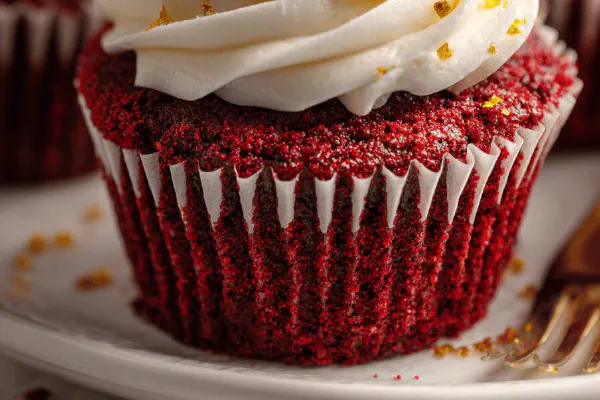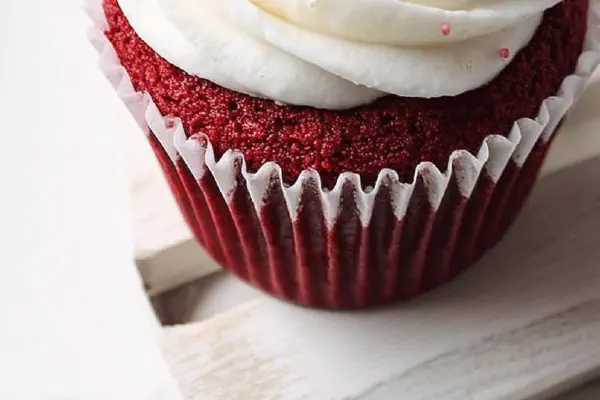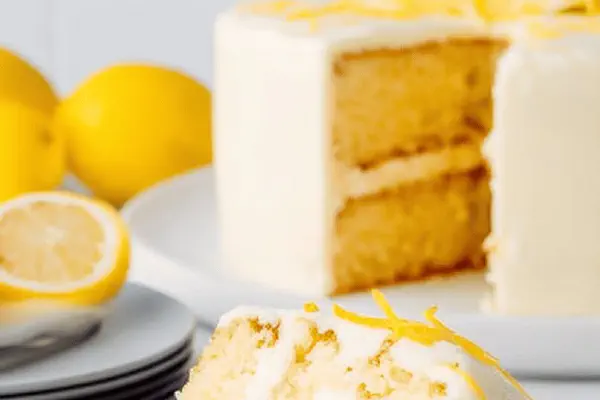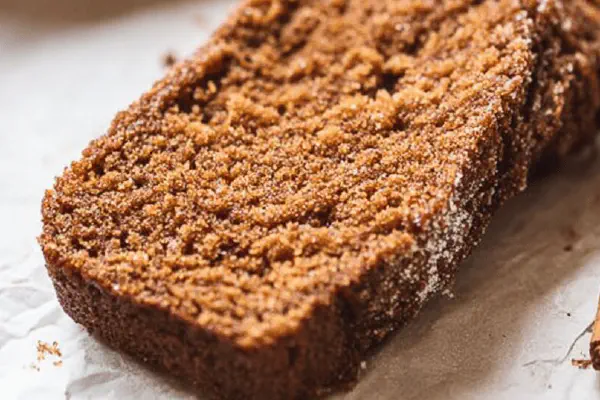Red Velvet Cupcakes Remix

By Emma
Certified Culinary Professional
Ingredients
- 90 ml (just over 1/3 cup) buttermilk
- 50 ml (a little less than 1/4 cup) canola oil
- 2 eggs
- 15 ml (1 tablespoon) apple cider vinegar
- 10 ml (2 teaspoons) beet juice powder dissolved in 5 ml warm water
- 160 g (1 cup plus 2 tablespoons) unbleached all-purpose flour
- 130 g (about 1 cup) powdered sugar
- 7 ml (1 1/2 teaspoons) cocoa powder sifted
- 5 ml (1 teaspoon) baking soda
- 1/8 teaspoon salt
- 1/4 teaspoon ground cinnamon
- Cream cheese frosting with orange zest (prepared separately)
About the ingredients
Method
- Preheat oven to 175 C (350 F). Line a 12-cup muffin pan with paper liners. Place rack in center position.
- Whisk together buttermilk, oil, eggs, apple cider vinegar, and beet juice mixture in a medium bowl. Set aside.
- In a food processor, pulse flour, powdered sugar, cocoa, baking soda, salt, and cinnamon until mixed. Add liquid ingredients all at once. Blend until batter is smooth and uniform but don't overmix.
- Divide batter evenly between 12 muffin cups, about 60-65 ml per cup. Tap pan on counter gently to release air bubbles.
- Bake for 18 to 22 minutes. Check doneness by inserting toothpick into center; it should come out clean or with few moist crumbs. Avoid overbaking.
- Cool cupcakes in pan 5 minutes, then transfer to wire rack to cool completely before frosting.
- Pipe or spread cream cheese frosting blended with orange zest onto cupcakes once fully cooled. Chill briefly to set if desired.
Cooking tips
Chef's notes
- 💡 Preheat oven fully before batter prep. Oven temp steady means even rise, avoids soggy bottoms or uneven bake. Line pan before mixing. Paper liners stop sticking, quick cleanup, keep shape consistent through bake. Measure batter by volume not weight. About 60-65 ml per cup evens out cupcake size, better cook times. Tap pan after filling to pop air bubbles. Air pockets cause big holes or dense crumb. Cooler rack position mid-oven highest chance for even heat circulation.
- 💡 Mix wet ingredients separately first; buttermilk, oil, eggs, vinegar, beet powder mix well before adding dry. Keeps batter uniform, avoids lumps. Sift dry ingredients powder sugar, flour, cocoa, soda, salt, cinnamon to eliminate clumps, helps batter aeration. Use food processor or pulse carefully. Blend only till smooth, avoid overmixing flour activates gluten, tougher crumb. Incorporate dry to wet at once; less handling means finer crumb texture, less dense. Baking soda reacts with acidity from vinegar and buttermilk; timing crucial for proper rise.
- 💡 Baking time range tight but flexible. Check cupcake doneness from 18 to 22 minutes. Toothpick inserted, ideal if clean or few moist crumbs. Overbaking dries crumb, edges toughen. Pull cupcakes once done, cooling in pan 5 minutes lets structure set but stops carry-over cooking. Transfer to wire rack to cool fully. Frost only when cupcakes cold. Hot cakes melt cream cheese icing, cause it to slide or soak in. For frosting, blend orange zest into cream cheese base thoroughly. Gives aroma, cuts sweetness, slightly tangy. Chill cupcakes briefly to set frosting if needed.
- 💡 Beet juice powder replaces artificial color. Dissolve beet powder in warm water for even distribution in batter. Results earthy red hues, less bright than synthetic reds but cleaner flavor. Small cocoa powder amount balances acidity and adds depth without muddying red tone. Cinnamon pinch adds warmth, obscures bitter edge of cocoa. Vinegar swap to apple cider vinegar adds subtle fruity vibe, gentler than white vinegar. Less dairy and oil than classic versions reduces heaviness but buttermilk maintains moisture and tang. Ingredient adjustments produce lighter, more nuanced crumb and flavor.
- 💡 For frosting, orange zest mixed into cream cheese adds brightness, aroma, and balances richness. Can pipe or spread frosting thick or thin. Chill to firm up but serve room temp to soften slightly before eating. Store cupcakes airtight in fridge after frosting to keep cream cheese fresh. Room temp cupcakes tend to lose moisture faster, so minimal sit time recommended. Cupcakes best eaten same or next day for freshness. Baking soda quantity is precise, too much causes coarse crumb or off taste, too little leads to dense, flat cakes.
Common questions
Why substitute apple cider vinegar?
Apple cider vinegar introduces mild fruity acidity instead of sharpness from white vinegar. Reacts same with baking soda for rise but adds faint flavor. Keeps moisture and light crumb. Also natural pairing with beet powder color. Not overpowering but noticeable.
Best way to check cupcake doneness?
Toothpick into center. If comes out clean or few moist crumbs, baking done. Not liquid batter. Overbaking leads to dry edges, underbaking causes soggy crumb. Best to start checking at 18 minutes. Adjust by oven heat differences. Use toothpick or skewer.
How to store cupcakes after decorating?
Wrap or container airtight fridge. Cream cheese frosting perishable. Let chill for a short while so frosting sets firm. Leftover cupcakes kept no more than 2 days refrigerated. Bring to room temp 15-20 minutes before serving to soften frosting. Avoid freezing, frosting texture changes.
Can I use artificial red coloring instead of beet powder?
Yes but earthier taste lost. Artificial reds brighter but may taste chemical or alter texture slightly. Beet juice powder natural, less intense red, subtle earthy flavor. Dissolve powder first for even mix. Color intensity differs from artificial dyes so visual changes possible.



